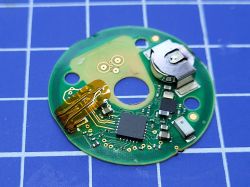 .
.
My father has recently started using a Libre 2 sensor to continuously monitor his blood glucose levels.
A cursory browse of the internet results in the belief that it's a sensor for sticking on the skin, but something kept me guessing: how does it measure? Is there a way to measure non-contact through the skin?
However, there must be something in it, because doctors prescribe it by prescription (you have to meet certain conditions), so the measurement is surely reliable.
The 'life' of such a sensor is two weeks, so I had a close look at a used one.
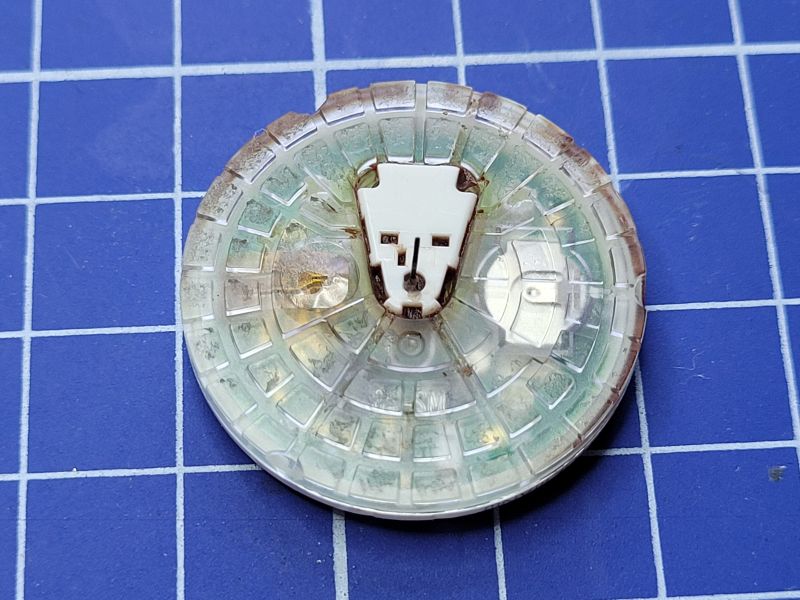 .
.
Immediately you can see the blade, about 5.5mm long made of some kind of composite. You can also see the sensor itself, 1 mm long, digging into the flesh for 2 - 3 mm.
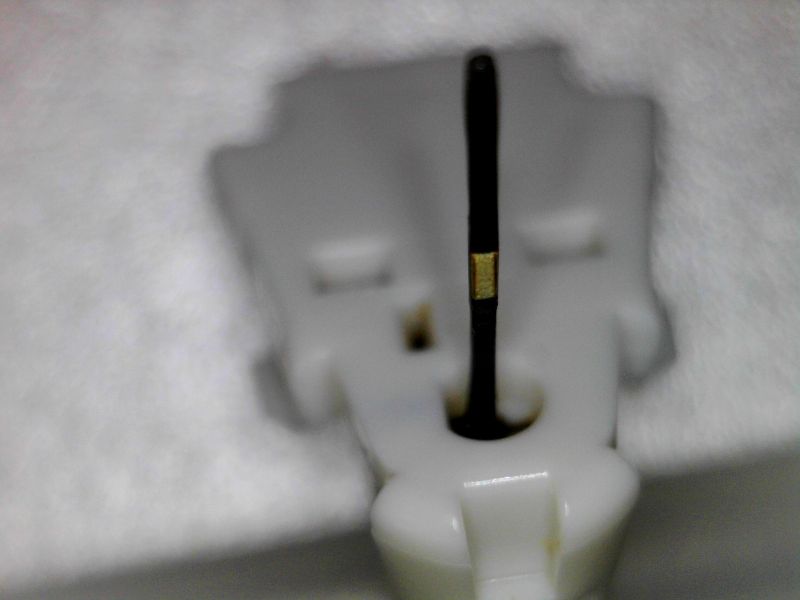 .
.
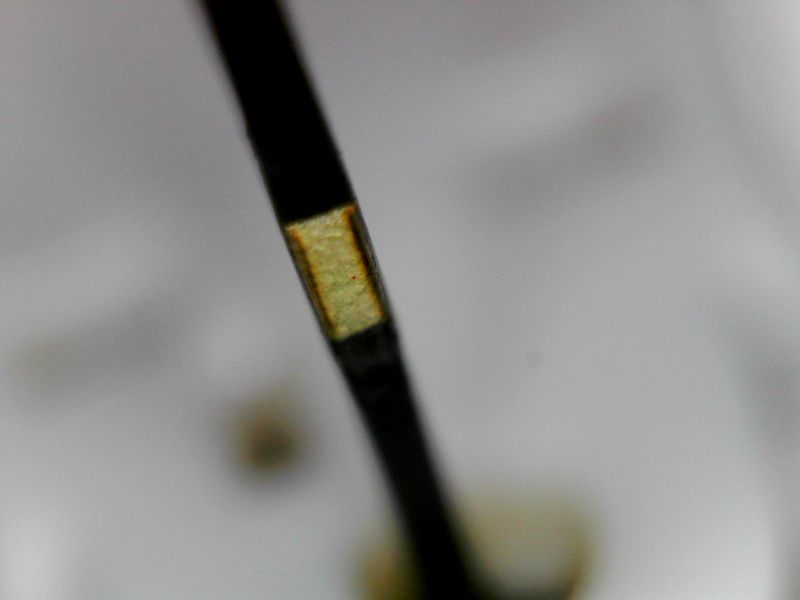 .
.
In order for this blade to penetrate the skin correctly, a special applicator is used. A releasable spring installs a sensor on the skin. Pictured is the sensor in the applicator.
 .
.
And the applicator itself - you can see the spring.
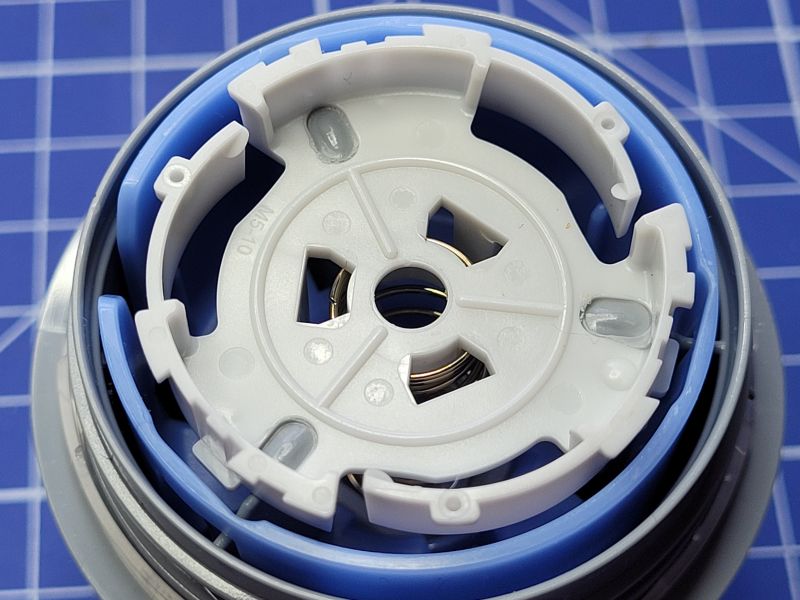
I found a photo online of a sensor damaged during an incorrect application.

https://commons.m.wikimedia.org/wiki/File:Abbott_Freestyle_Libre_2_glucose_sensor-1158.jpg
The sensor uses two types of wireless communication: RFID and Bluetooth 5.0.
Data is downloaded to an application on the smartphone - RFID is used to pair the devices, which requires practically putting the phone to the sensor. Once paired, the data is sent conveniently via BT.
If the smartphone is out of BT range for some time, re-pairing is required. The sensor itself has a memory for several hours of measurements.
On the board, you will of course notice the battery, the body temperature sensor, the two ICs, the BT antenna and some small details. The RFID antenna is made in the form of a track surrounding the entire PCB several times.
The larger chip is the RF430 from TI - its central part is a 16-bit MSP430 microcontroller with the corresponding peripherals - ADC, RFID controller etc.
The smaller chip is the EM9304 - a Bluetooth 5.0 controller.
The board is 0.5 millimetres thick, but it is four-layer.
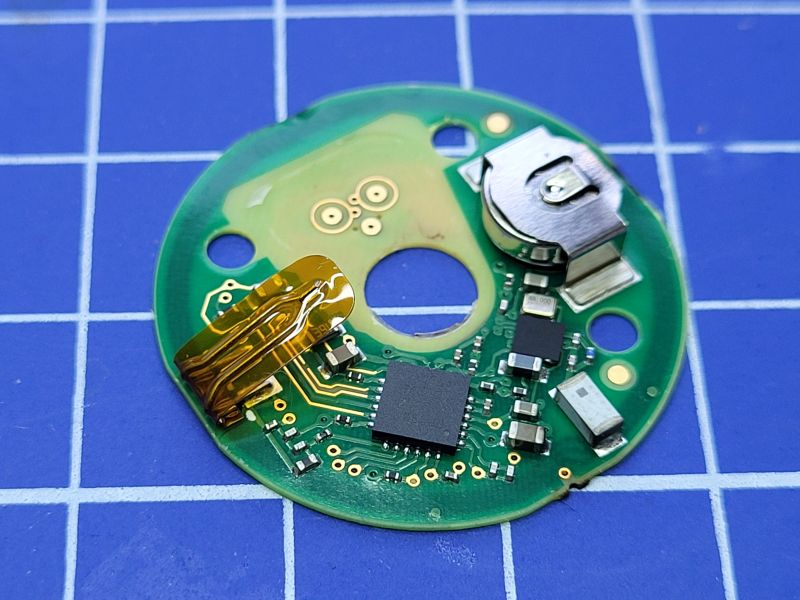 .
.
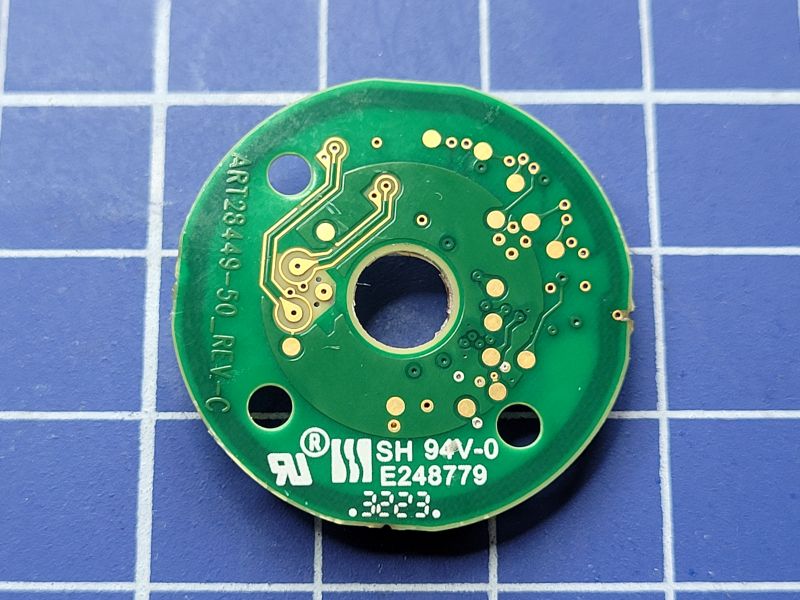 .
.
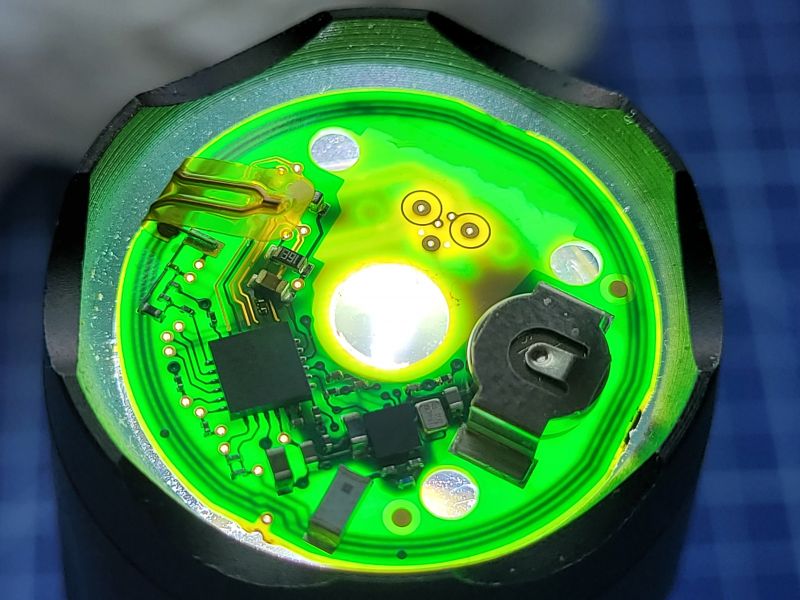 .
.
An ingenious way to constantly monitor sugar levels, get alerts on dangerously high or low levels, a mine of knowledge for the doctor.
However, a lot of advanced electronics end up in the trash every 14 days.
In my opinion, a two-part device could have been made - the sensor itself inserted into the skin separately (you know, nothing can be inserted into the body for too long), and the electronics separately for use with many more sensors. Sensor calibration data in the form of a QR code on the packaging, to be read via an app on your phone.
Perhaps a less convenient solution, and not as 'cool', but now countless thousands of these devices end up in landfills every month. How many users are aware enough that they should dispose of them in some costly way? It's basically medical waste contaminated with patient blood and, at the same time, electro-junk.
Cool? Ranking DIY






